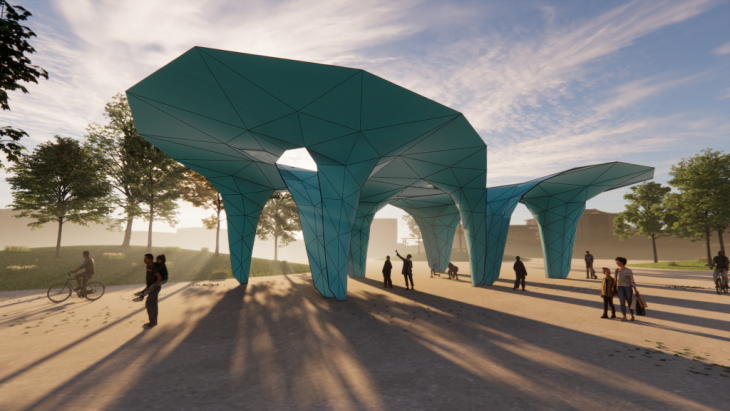
Mesh
Inspired by the shape of lotus petal leaves, the tessellated pavilion starts from a 10×10 mesh canopy module created in Rhino and relaxed in GH using Catmull-Clark and Bouncy solver.
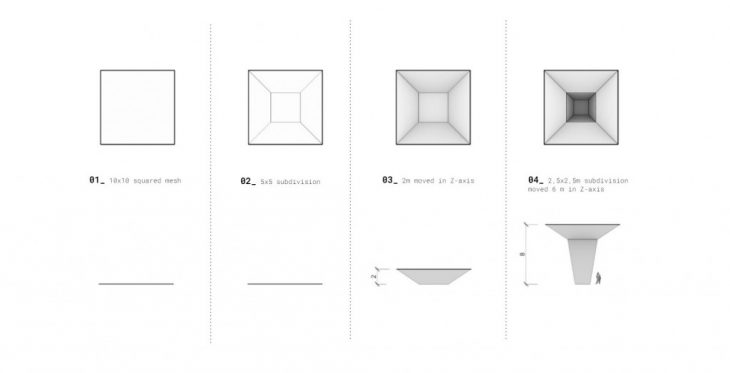
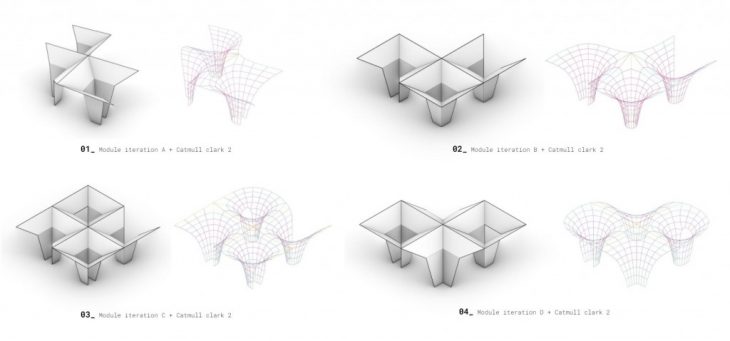
Dijkstra’s algorithm
Workflow
After creating the input mesh in Rhino and bring it into Grasshopper e used Network X to compute the shortest path between nodes by using the Dijkstra’s algorithm and get the optimized stripes for geometry fabrication. For that, we have used Hops as a bridge component between grasshopper and Visual Studio code.
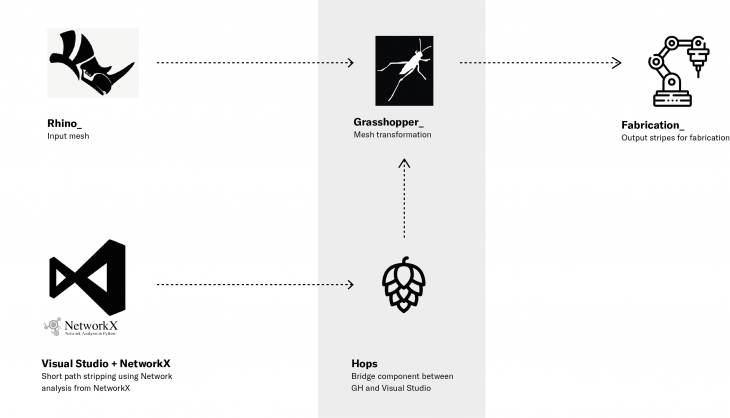
Shortest path
The Dijkstra’s algorithm created clear stripes for our mesh segmentation and when compares with k-means clustering. And for that reason, we have kept it as a method for fabrication.
Fabrication
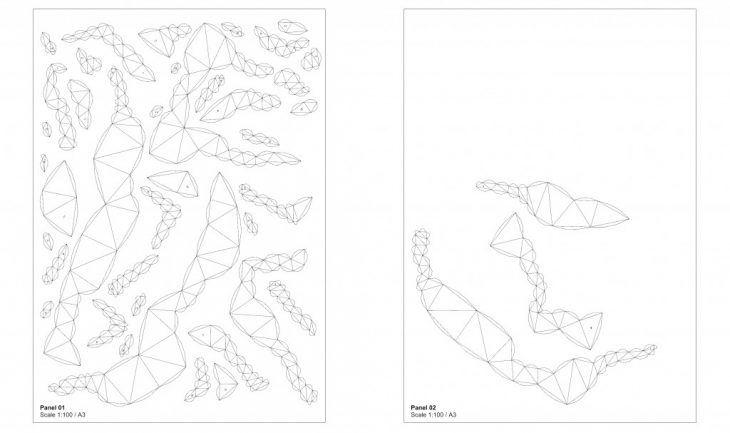
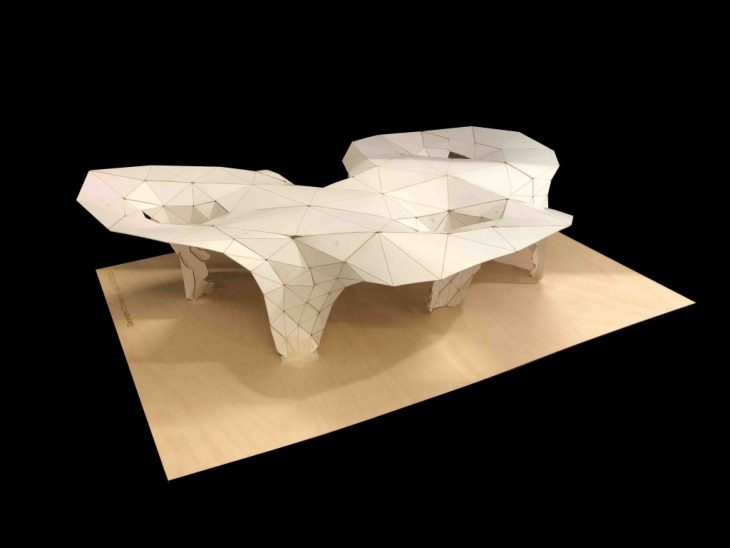
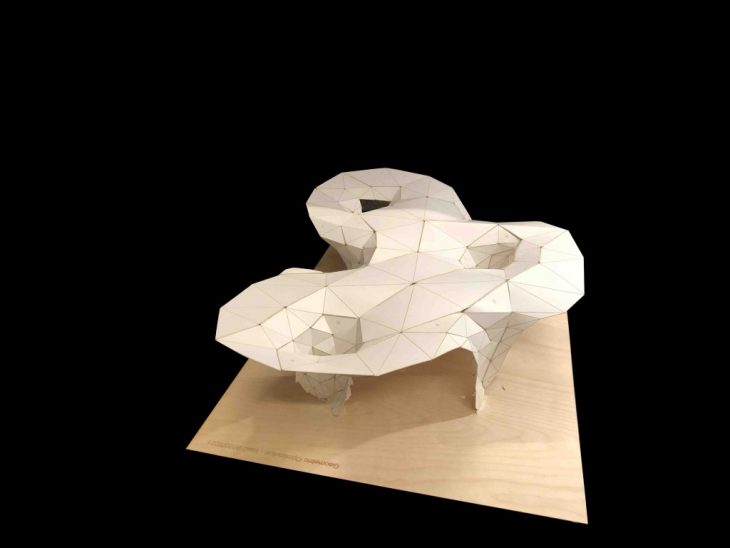
Tessellated Pavilion is a project of IAAC, Institute for Advanced Architecture of Catalonia developed at Master in Advanced Computation for Architecture & Design in 2020/21 by:
Pedro Ribeiro and Sachin Dabas
Faculty, David Andres Leon and Faculty Assistant, Dai Kandil.